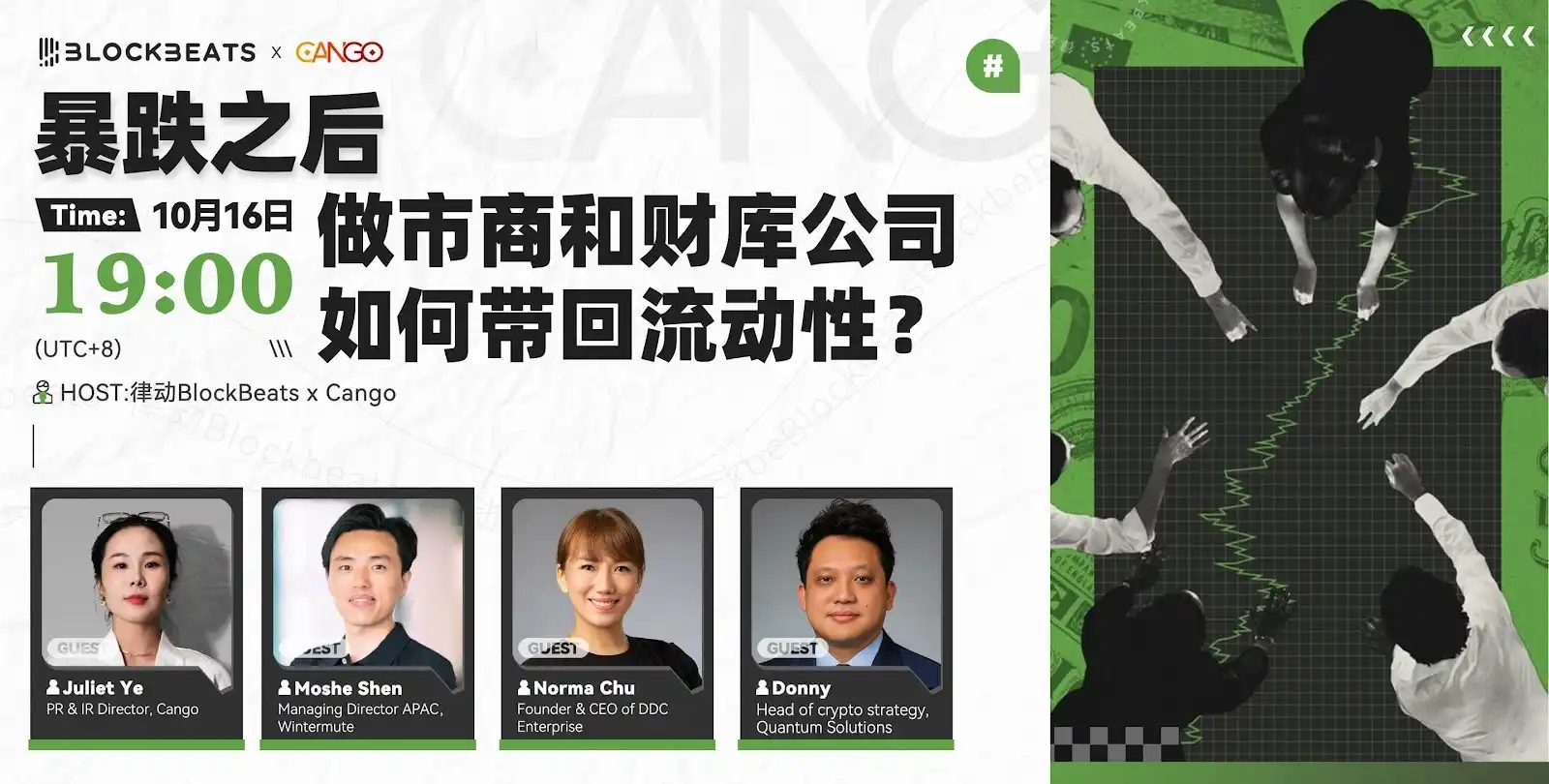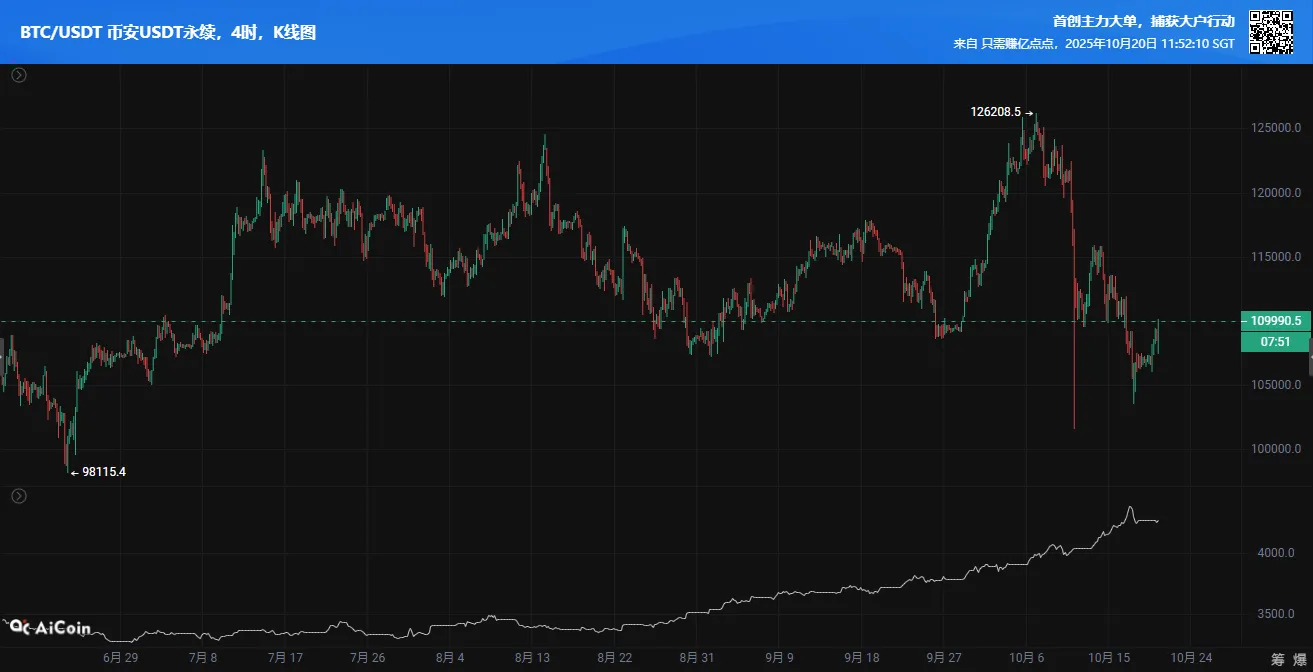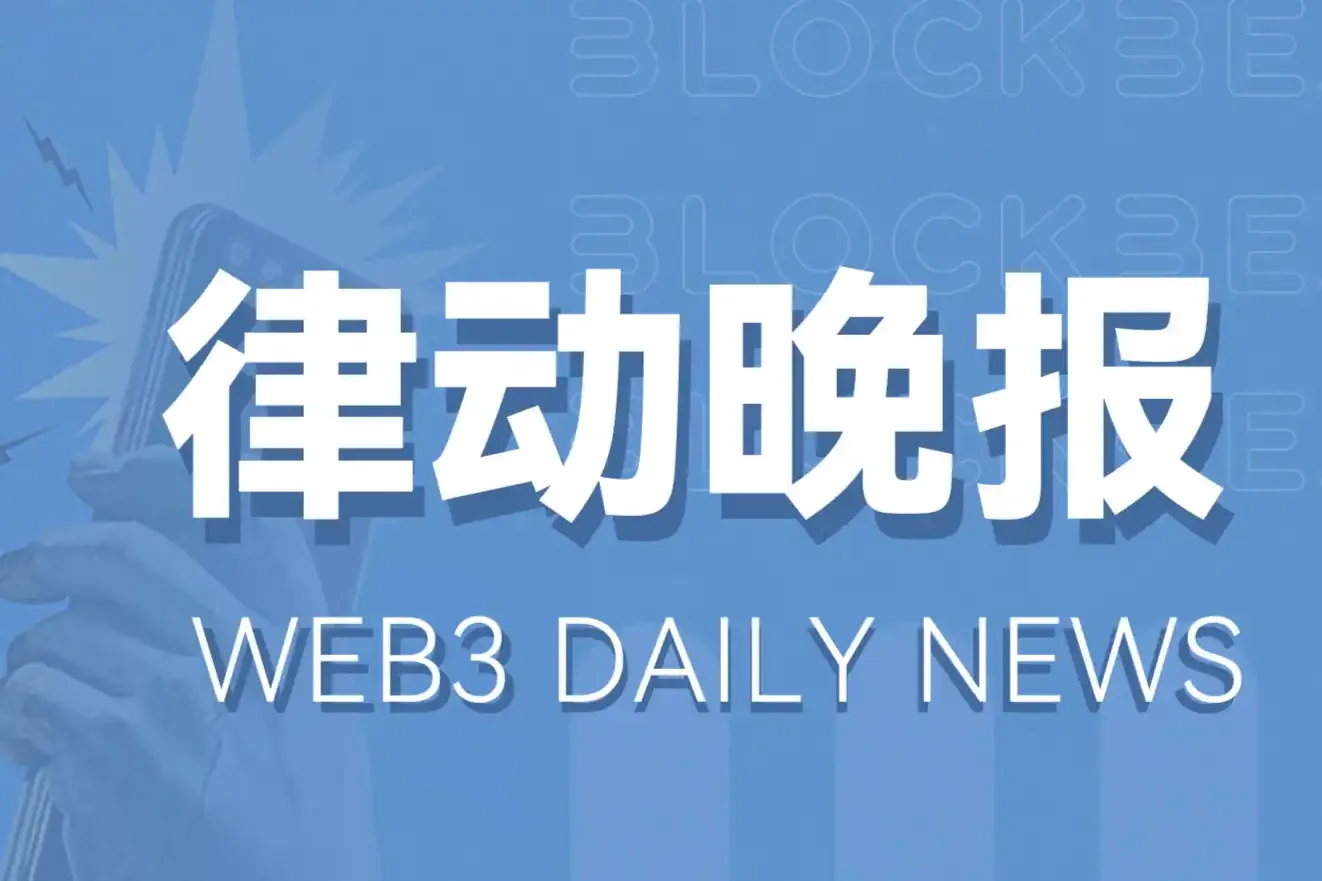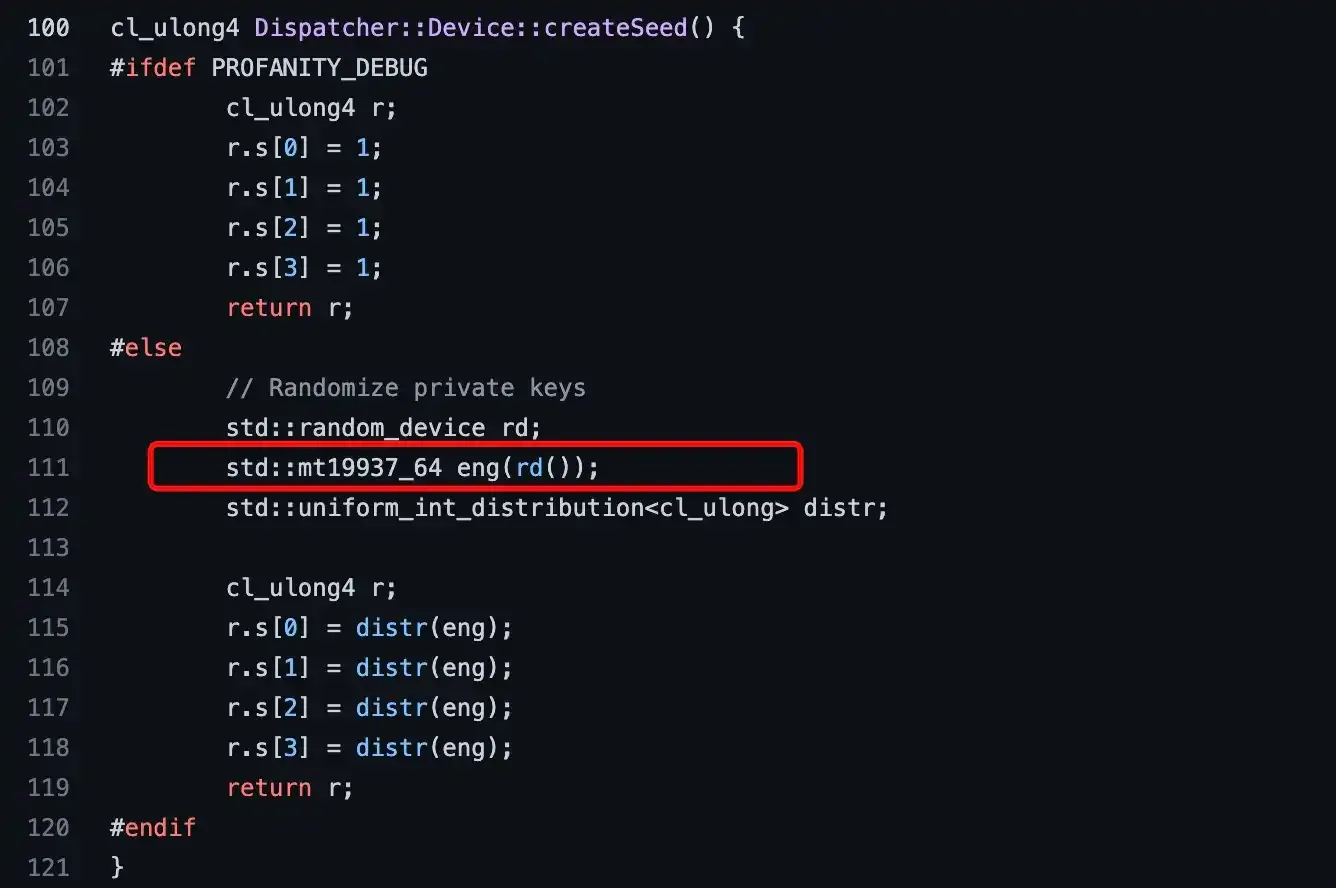After experiencing the "1011" crash, how is your asset doing? When will liquidity truly return? On the evening of October 16, BlockBeats invited four guests: Juliet Ye, Head of IR at Cango, a Bitcoin mining company listed on the New York Stock Exchange; Moshe Shen, Managing Director of Wintermute for the Asia-Pacific region; Norma Chu, founder of Bitcoin treasury company DDC; and Donny, Head of Crypto Strategy at Quantum Solutions, to discuss the theme "After the Crash, How Can Market Makers and Treasury Companies Bring Back Liquidity?" In the aftermath of this crash crisis, how will they act as the cornerstone force of the market to reinvigorate the sluggish market?

BlockBeats: Hello everyone, welcome to our AMA today. Recently, due to the impact of Trump's latest tariff policy, the price fluctuations in the crypto industry have been enormous, even leading to the largest liquidation amounts in history. At the same time, this year is also an important year for crypto compliance, with many institutions bringing new liquidity to the crypto industry through treasury companies. Today, we have invited treasury companies and market makers to discuss the future market trends and their views on industry trends.
First, could the guests introduce themselves and briefly discuss their views on the future development of the DAT treasury company model?
Juliet Ye: Hello everyone, I am Juliet from Cango, a Bitcoin mining company listed on the New York Stock Exchange, responsible for investor communication and public relations. I am very happy to participate in today's online program.
Moshe Shen: I am Moshe Shen, Managing Director of Wintermute for the Asia-Pacific region, mainly responsible for expanding the OTC crypto trading and collaboration landscape in Asia. Before entering the crypto industry, I worked at Goldman Sachs for over ten years, engaging in stock trading, sales, and prime brokerage in London and Hong Kong. Wintermute is one of the world's leading crypto-native algorithmic market makers. We provide liquidity algorithmically on most cryptocurrency exchanges and platforms, offer diverse OTC trading products, and support leading Web3 projects as well as traditional financial institutions entering the crypto space.
We also actively participate in the crypto ecosystem through investments, collaborations, and project incubation. The company was founded in 2017 and has successfully navigated multiple cycles of the crypto market. Our culture combines the technical standards of traditional market high-frequency trading (HFT) firms with the innovation and entrepreneurial spirit of tech startups.
Norma: Hello everyone, I am Norma Chu, founder, chairman, and CEO of DDC Group. My entrepreneurial journey began in the food sector—starting from a cooking sharing platform, I developed DDC into a global Asian food company listed on the New York Stock Exchange. Today, we are also one of the fastest-growing Bitcoin treasury companies globally.
Since officially launching our Bitcoin strategy in May this year, we have accumulated over 1,000 Bitcoins in just 100 days, ranking among the top 50 listed Bitcoin-holding institutions worldwide. Before founding DDC, I served as the head of equity research in HSBC's private wealth management division. Although my background is in finance, I have always believed that true innovation often arises at seemingly unrelated intersections— for us, it is the fusion of food, finance, and technology. This is also the driving force for me and my team every day.
Donny: Hello everyone, I am Donny, Head of Crypto Strategy at Quantum Solutions. I have known the QS management team for over two years. Due to the new CEO's expertise in international capital markets, I was involved in investments when he took office and subsequently joined the team to oversee crypto strategy and fundraising.
BlockBeats: The concept of DAT is no stranger to the market now. There are emerging views suggesting that DAT companies cannot sustain themselves, and some short-selling institutions have begun to short DAT stocks. How do the guests view the future development of the DAT model?
Juliet Ye: The core challenge faced by DAT companies is how to make traditional capital markets understand the value fluctuations of on-chain assets. We see that single business model DAT companies may indeed be significantly affected by market cycles, but those listed companies with transparent holdings and sound compliance structures can still gain long-term capital trust. The key is for companies to establish a dual valuation model—looking at both traditional cash flow and on-chain asset value, and bridging the market perception gap through continuous and sufficient disclosure. From the perspective of the Bitcoin mining industry that Cango is currently in, there may be a trend of business separation in the future, such as splitting Bitcoin mining and AI computing power services into independent entities, which can better release their respective values.
Norma: I actually don't think the market has truly understood the concept of "Bitcoin treasury companies." There are currently three major misconceptions about such companies in the market.
First, many people believe that the strategy of Bitcoin treasury companies is just a short-term trend, as if a group of companies is taking advantage of the hype to raise funds to buy Bitcoin, and once the market heat passes, these companies will disappear. But I believe we have moved beyond this "experimental stage." From early pioneers like MicroStrategy, we have seen that the structure, management methods, and financing models of a Bitcoin treasury strategy can impact shareholder value.
Second, there are significant differences in how different treasury companies execute their strategies; each company's thinking and development path are different. However, because this industry is still very new, the market currently lacks the ability to distinguish these differences. Investors often only look at a single metric to evaluate companies, just like in traditional finance, if you only look at the P/E ratio to decide to buy or sell stocks, that is clearly not comprehensive enough.
Third, there is a misunderstanding that treasury companies are just "high-leverage ETFs for Bitcoin," and some even say, "Why not just buy an ETF directly?" This perspective is too superficial. For example, an individual investor can only access services like credit cards, loans, and mortgages at a bank (like HSBC), but if you are a company with a market value of $500 million, the services and products the bank can offer are completely different. Similarly, companies like DDC can access many financial products that ordinary individual investors or ETFs cannot obtain, such as structured derivatives and risk hedging tools. We can manage assets more flexibly, while shareholders entrust their indirect Bitcoin holdings to us, believing that our expertise can create higher long-term returns.
Next, I believe the future of the Bitcoin treasury model will have three important trends:
First, this is just the first year for Bitcoin treasuries; currently, there are only about 200 listed companies globally holding Bitcoin, which is less than 0.5% of the total number of listed companies worldwide. This number is actually very small. In the future, more and more companies will incorporate Bitcoin into their asset allocation; they may not all be pure DAT companies, but there is still significant room for companies to adopt Bitcoin as treasury assets.
Second, not all treasury companies are the same. We are still in the "first stage," where the market's focus is mainly on "who is financing, who is buying." As we move to a more mature stage, the differences will become increasingly apparent: which companies can sustain execution, which can operate maturely in the capital market, and which can clearly explain their strategies to the market. Different companies will use different methods to enhance the value created for shareholders from Bitcoin assets. We have already seen some treasury companies start to invest in each other and even merge, which is all part of the evolution of this industry.
Third, I believe the market should not view treasury companies in isolation. Their development will actually be influenced by some larger structural trends. For example, artificial intelligence. Almost no one discusses the application of AI in treasury asset management, but it could become an important watershed in the future. Companies that can first develop AI-driven asset management tools are likely to stand out in this field.
There is also the trend of comprehensive asset tokenization. How treasury companies utilize this new asset form to enhance returns will also be a key issue.
Finally, as more companies hold Bitcoin, the entire ecosystem's products will become increasingly rich—including various innovative yield products. This is very positive for the long-term development of the entire industry.
Moshe: This question mainly needs to be answered by the DAT companies themselves. From our perspective, long-term success depends on differentiation and execution. DAT companies that focus on sustainable business models, corporate development (mergers/acquisitions/expansion), and proactive treasury management, while effectively using various tools to create value and returns for shareholders, will occupy a more advantageous position in future growth.
Donny: Once a certain metric is used to price a stock, it becomes very difficult to return to the "pure emotional speculation" that existed before that metric was introduced. For DAT, this troublesome metric is mNAV. The key is to break free from the constraints of mNAV: truly utilize the treasury, ideally in synergy with the company's existing business.
Digital asset treasury should be an integral part of the business, not just a label attached to the company. The treasury must be "activated" to create value for the market, bring returns to shareholders, and foster a state where the company's value is no longer entirely tied to the price of the underlying treasury assets.
BlockBeats: First, let me ask Cango, as the world's second-largest Bitcoin mining company, what is the risk assessment logic behind the initial decision to invest the entire $350 million from the sale of traditional business into the crypto field with this all-in strategy?
Juliet Ye: Our decision to fully transform in 2024 was not a spur-of-the-moment decision or a trend-following move, but rather a result of thorough simulation and validation: first, the timing choice—we began to engage with and understand the industry from late 2023 to early 2024, and started to explore the feasibility of a complete industry transformation in mid-2024. At that time, Bitcoin was at a cyclical low, the competition for computing power was not as fierce as it is now, and the price of mining machines was relatively low. Cango laid the foundation for low-cost expansion by acquiring 50 EH/s of computing power through a combination of equity swaps and cash.
Secondly, there was financial assurance—before the transformation, Cango was already a net cash company, holding $500 million in liquidity, which provided us with the financial possibility for transformation. Additionally, the cash generated from the divestment of traditional business during the transformation brought in $350 million, and by the end of the second quarter, our cash and cash equivalents exceeded $100 million, with over 6,000 Bitcoins in reserve. All of these created a safety net for Cango's transformation and deepening in the industry.
Finally, there is the ability to dynamically adjust— for example, we can hedge against price fluctuations by flexibly adjusting the operating rate of mining machines; our mining machines are widely distributed in countries and regions such as the United States, East Africa, Oman, and Paraguay, utilizing regional price differences and policy stability to diversify regulatory and operational risks.
Overall, Cango's "all-in" strategy is centered on market timing, a light asset model, and geographical diversification as core risk control pillars, achieving a balance between short-term pain and long-term gains through proactive divestment of inefficient assets and strengthening financial reserves.
BlockBeats: Compared to MicroStrategy's pure holding strategy, Cango's unique "mining + holding" dual-driven model is quite distinctive. What is the approximate cost for Cango to obtain Bitcoin through mining? In the current competitive landscape of DATCO, can this cost advantage build a sufficiently deep moat?
Juliet Ye: As of the end of the second quarter, the company's cash cost per Bitcoin mined is approximately $83,000, plus about $15,000 in depreciation, bringing the total comprehensive cost per Bitcoin to around $98,000. Due to the light asset model adopted by the company—meaning we do not build our own mining sites, use cost-effective second-hand machines, and do not establish our own on-site operation and maintenance teams but instead use a hosting model—our cash cost per Bitcoin is somewhat higher compared to industry competitors. However, our comprehensive cost remains at a low level within the industry, making it competitive.
Unlike companies that buy and hold Bitcoin, Cango is a production company. We aim to continuously build a cost moat through three dimensions:
1) First, our current Bitcoin mining cost is lower than the market price, and this cost advantage can be verified with actual operational data, making it more cost-effective for us than directly buying Bitcoin on the market.
2) Second, we amplify our return elasticity through dual leverage. On one hand, we rapidly achieve industry-leading computing power scale through a combination of cash and equity, which acts as a leverage on computing power; on the other hand, we enhance capital turnover efficiency through Bitcoin collateral financing in daily operations, which acts as operational leverage. This dual leverage is higher than directly buying Bitcoin or investing in Bitcoin ETFs, and we believe it can maximize the returns from Bitcoin price increases.
3) Third, we implement strict risk control over equity dilution. We raise funds through tools like Bitcoin collateral loans and mining machine financing leases to cover the company's operating expenses. This avoids frequent stock issuances, thereby better protecting shareholder rights.
BlockBeats: Next, I would like to ask DDC, as a food company listed on the NYSE, why did DDC choose to make Bitcoin a major component of its treasury assets?
Norma: I believe our choice of Bitcoin as a primary treasury asset stems from a forward-looking philosophy—building a bridge between tradition and innovation. More fundamentally, we believe that today's treasury management is not just about value preservation or liquidity management, but an important component of strategic capital allocation.
Traditionally, most food companies would use cash or government bonds as treasury assets because that is the safest and most understood approach. However, we choose not to follow this traditional thinking because we see a structural shift occurring in capital markets and value storage methods. Bitcoin is not just a digital asset; it represents a new form of currency that aligns closely with the strategic direction of a rapidly growing, forward-thinking company like DDC.
First, Bitcoin represents a redefinition of incentives and sovereignty. Just as we strive to establish value and trust in the food industry, Bitcoin's decentralized nature brings transparency, resilience, and resistance to manipulation. Incorporating Bitcoin into our balance sheet means we are actively participating in a financial system that evolves in sync with the global digitalization process, a systematic de-risking that cash and bonds cannot achieve.
Second, for us, the treasury is not just a short-term liquidity or risk hedging tool; it is also about long-term capital appreciation and innovation. The food industry is inherently global and will continue to evolve with technological advancements and changes in consumer behavior. Bitcoin's open protocol and network effects reflect the transformation of consumer behavior and digital payment methods, which aligns closely with our business's digitalization and internationalization direction. Holding Bitcoin is our way of "preparing for the future" in an environment of inflation and currency devaluation.
Finally, using Bitcoin as a treasury asset allows us to convey a strong message to shareholders, employees, partners, and customers: DDC is not just safeguarding value; we are actively embracing change. This stance reflects our corporate culture and helps us attract a new generation of talent and partners, especially those who resonate with the values of openness, transparency, and forward-thinking, such as Generation Z consumers.
In short, DDC's choice of Bitcoin is not just about changing the structure of treasury assets; it is about driving the company and its investor ecosystem towards a future of digitalization and globalization. This is our path to redefining capital strategy and achieving long-term growth and cyclical resilience at the intersection of food, finance, and technology.
BlockBeats: Next, I would like to discuss DAT from the perspective of market makers. First, one of the most pressing questions is regarding the recent crash a few days ago. There are views suggesting that the crash was due to issues with market makers, and Wintermute has denied having any problems. Do you know if any market makers incurred losses during this crash?
Moshe Shen: Our observations during this round of volatility are as follows:
Causes of large-scale liquidations: It was due to a combination of multiple factors—when significant news related to Trump landed, market leverage was already high across multiple chains and various on-chain/off-chain platforms. The price decline triggered directional and Delta hedging leveraged positions to be forcibly liquidated by exchanges' ADL (Automatic Deleveraging), further pushing prices down and creating a cascading waterfall of liquidations.
Wintermute's positions and actions: As a liquidity provider, we maintain extremely low leverage and very low directional exposure. A significant portion of our business is OTC trading—we collaborate with nearly 3,000 counterparties, including miners, DAT companies, project parties, and various investors. Our model focuses on earning spreads through hedged transactions and cross-market arbitrage. The price dislocation caused by forced liquidations was significant, and the withdrawal queues at multiple exchanges were extremely congested, making it difficult for us to quickly adjust positions and provide optimal liquidity across different exchanges.
On a broader market level: We only discuss our own operations and do not comment on others. However, from public discussions, such events are particularly tricky for institutions with directional/leverage positions—especially as ADL passively liquidates short positions while long positions continue to incur losses as prices fall, amplifying risk exposure.
Throughout the weekend, we maintained operational continuity, providing quotes to counterparties at all times. Regardless of when counterparties needed liquidity, we continuously provided it. Wintermute maintained operational continuity throughout.
BlockBeats: We also understand that Wintermute currently provides market-making services for DAT treasury companies. So, when providing market-making services for DAT treasury companies, how does Wintermute ensure that retail traders have smoother and lower-cost Bitcoin liquidity on exchanges?
Moshe Shen: First, let me clarify our role in the DAT space (which is different from traditional market making):
How we support DAT treasury companies: We do not provide liquidity for DAT stocks themselves. We mainly offer two types of support in treasury management:
Digital asset accumulation: DAT can purchase spot directly through us OTC, avoiding exchange fees and reducing market impact;
Yield generation: We provide various yield solutions for DAT's holdings:
Selling covered puts: Earning premium income while executing accumulation strategies;
Digital asset lending programs;
Principal-protected structured products: Allowing idle USD/BTC to earn returns.
Since 2017, Wintermute has been a stable liquidity provider. Currently, we provide approximately $15 billion in liquidity daily across centralized/decentralized exchanges, spot, perpetuals, options, and other markets.
BlockBeats: I would like to ask QS, how is QS currently participating in this wave of DAT enthusiasm?
Donny: Quantum has brought Ethereum DAT to Japan—becoming the first listed company in Japan to designate ETH as a "core reserve" and publicly announce its increase. The Japanese stock market has reached new highs this year, the highest since 1989: on one hand, policies encourage market entry, and on the other hand, Japan acts as a neutral hub in the Sino-US competition; coupled with platforms like IBKR and Futu, it has become easier for retail investors to buy Tokyo stocks. Japan's regulations are stricter, and the threshold for advancing digital asset strategies is high, but the progress is steadier. Notably, Quantum is also the only crypto-related stock in Japan to receive global institutional "anchor funding," with financing not discounted and incentives more aligned.
Like BMNR, Quantum also emphasizes rapid accumulation and efficient fundraising, all within the framework allowed by regulations.
We will also support tools and platforms aimed at institutions. The common goal of ETH-like DAT is to promote larger-scale adoption of blockchain by institutions; this cannot be achieved without licensed DeFi/CeDeFi infrastructure—this may sound inconsistent with the intuition of purely on-chain audiences, but it indeed addresses key issues such as compliance, security, and insurance for institutions. As large digital asset holders, their interests align with the overall industry, and they are willing to push the industry forward together.
BlockBeats: Mining operations require continuous capital investment, while Bitcoin prices are highly volatile. How does Cango balance cash flow management with a long-term holding strategy?
Juliet Ye: This is a great question. On one side, there is continuous large capital investment, and on the other side, there is holding without selling. Balancing this is crucial. Our strategy is to use leverage and maintain flexibility.
In Bitcoin mining, a significant portion of operational costs comes from electricity. Here, we alleviate cash flow pressure through electricity loans. This means we do not need to pay the full electricity bill immediately; we only need to pay the loan interest monthly. This response reduces short-term cash expenditure pressure. By using Bitcoin as collateral to obtain loans, and recognizing Bitcoin's long-term value, we do not need to provide additional margin, allowing us to maximize leverage. In this model, our cash reserves will be prioritized for computing power expansion or exploratory business. Meanwhile, prioritizing financing through Bitcoin collateral to cover operating expenses, rather than directly selling Bitcoin, preserves Bitcoin's long-term appreciation potential and avoids equity dilution. We maintain a low debt-to-equity ratio, reserving space for additional leverage.
Of course, our holding strategy is not mechanically "never sell," but rather a dynamic observation and adjustment based on a triple-trigger mechanism. We will dynamically adjust our strategy based on multiple factors such as price, liquidity demand, and external risks. Certainly, we entered the market at a low point in the 2024 Bitcoin halving cycle to rapidly expand computing power at low cost, aiming to maximize Bitcoin accumulation and prepare assets for the next bull market. Therefore, in principle, we will not easily change our holding policy, but will maximize long-term holding returns while ensuring cash flow safety, forming a sustainable balance mechanism.
BlockBeats: Thank you very much to the guests from Cango, DDC, Wintermute, and QS for sharing their insightful analyses and perspectives. After this round of crashes, risks have not yet cleared, and fear and uncertainty remain. But within fear, there is also pricing misalignment, and order can be rebuilt amidst chaos. Thank you to all the guests for sharing from a frontline perspective—from treasury assets, to market-making rebuilding depth, and compliance frameworks. This concludes today's AMA, and we will see you next time.
Space Link: https://x.com/i/spaces/1jMJgRnQazkGL
免责声明:本文章仅代表作者个人观点,不代表本平台的立场和观点。本文章仅供信息分享,不构成对任何人的任何投资建议。用户与作者之间的任何争议,与本平台无关。如网页中刊载的文章或图片涉及侵权,请提供相关的权利证明和身份证明发送邮件到support@aicoin.com,本平台相关工作人员将会进行核查。




